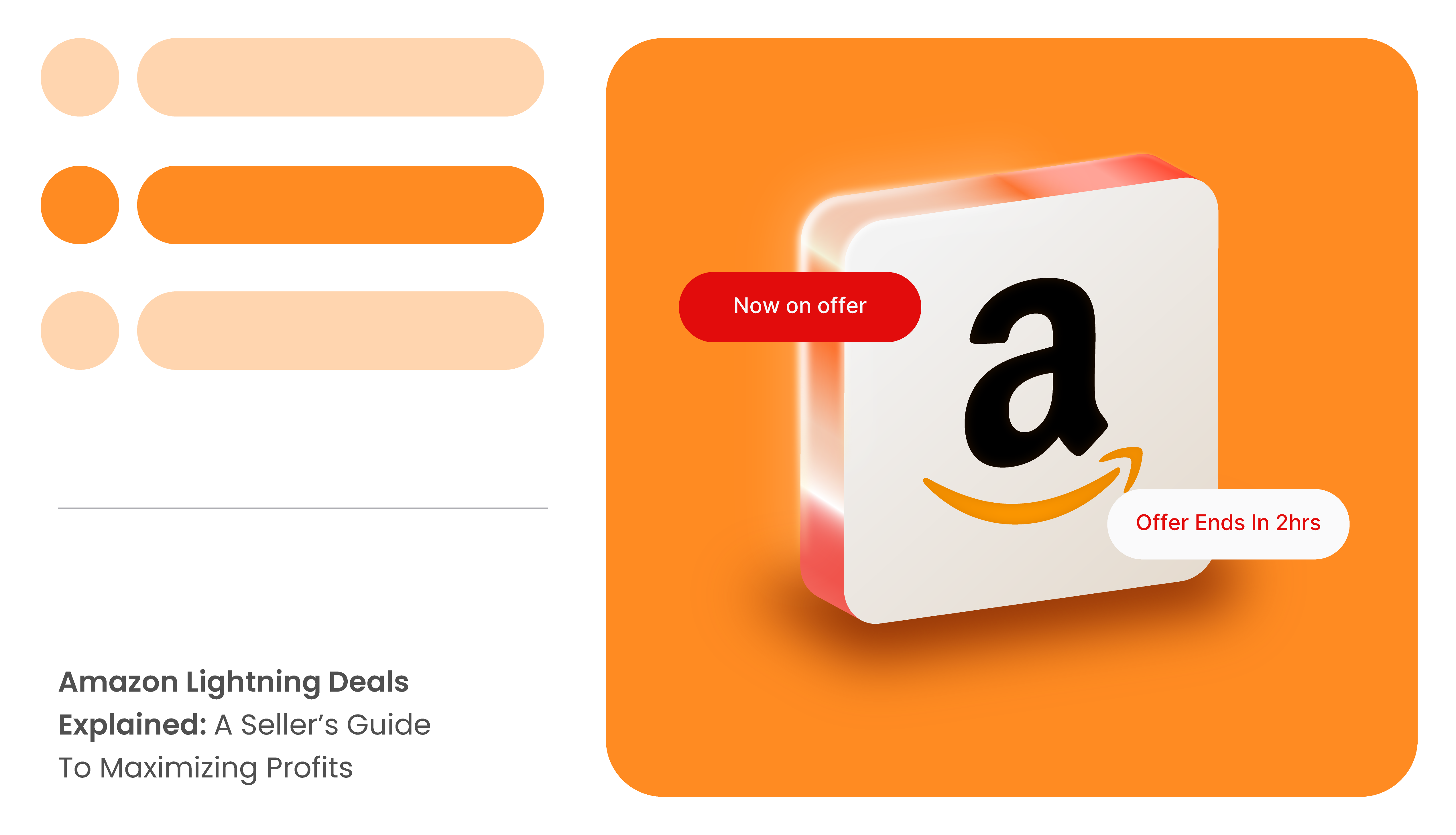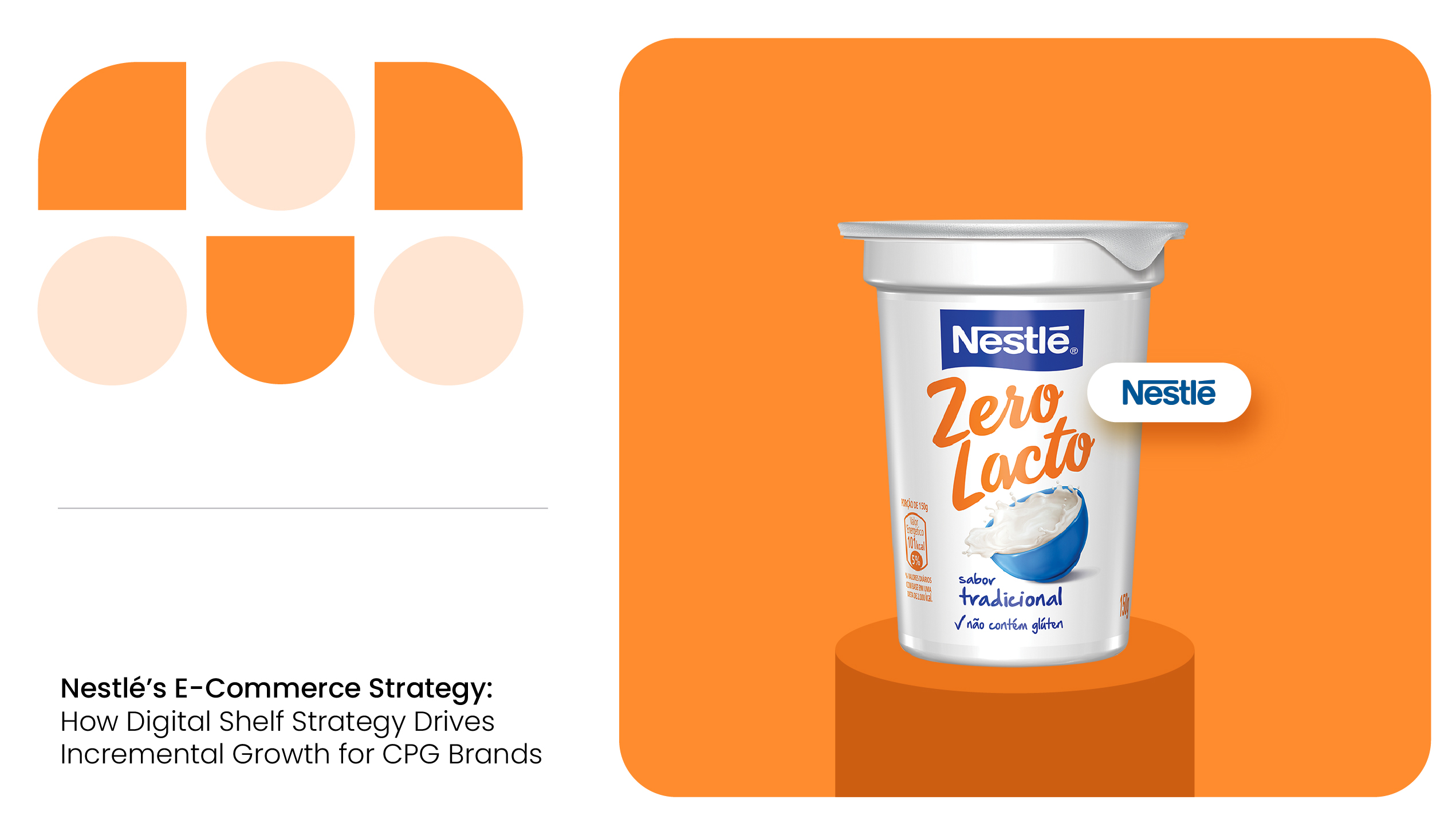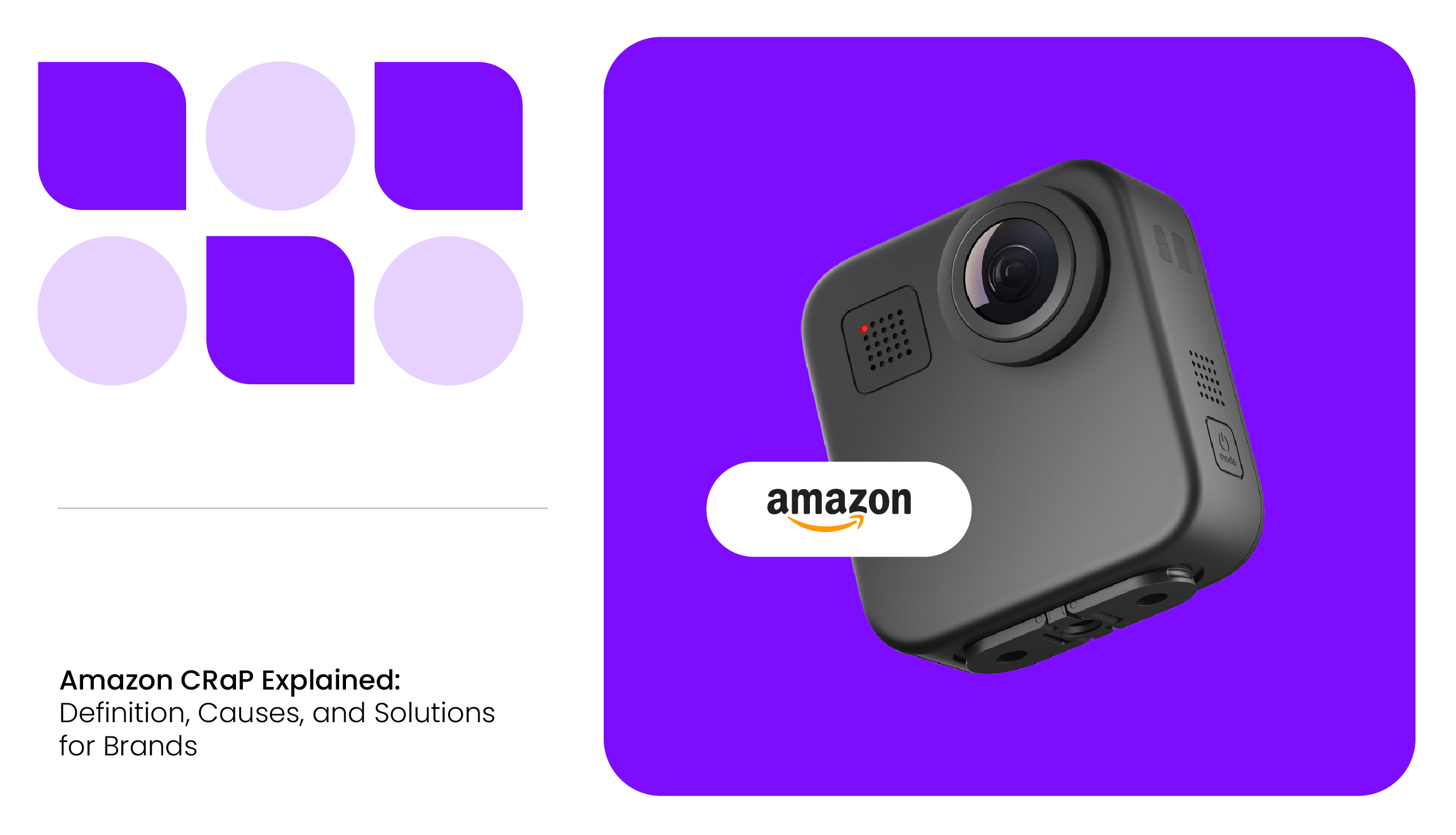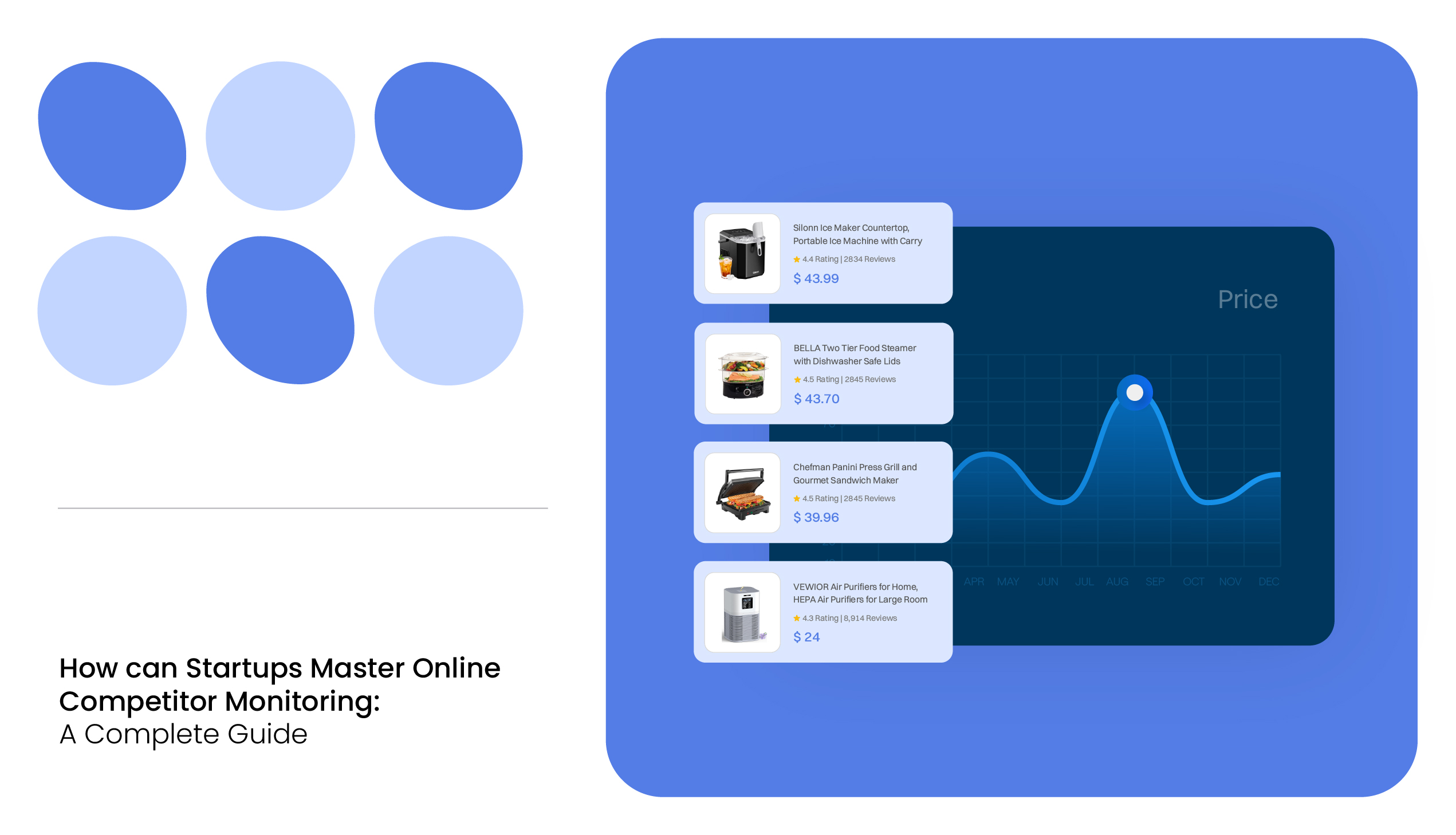Amazon Lightning Deals are a popular part of Amazon’s promotional toolkit, offering sellers a powerful way to boost visibility, sales, and profits in a short window of time.
This article explores everything about Amazon Lightning Deals, from what they are and their benefits to the requirements for hosting them and how to monitor their performance.
Promotion monitoring feature offered by MetricsCart enhances the effectiveness of Amazon Lightning Deals by tracking metrics like conversion rates, revenue, and customer engagement. It provides insights into competitor strategies and shopper behavior, allowing brands to refine their campaigns.
What is Amazon Lightning Deal?
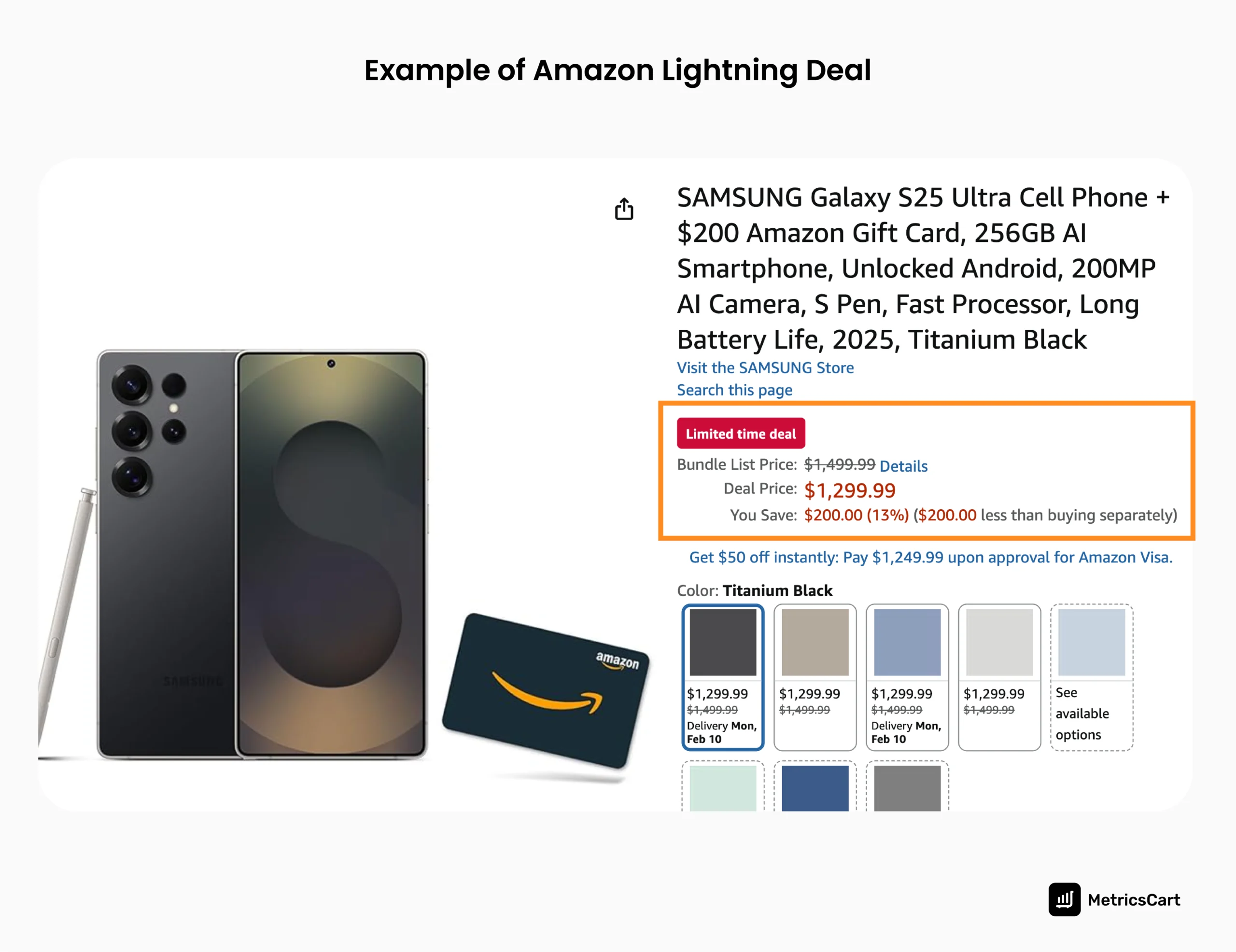
An Amazon Lightning Deal is a time-sensitive promotion that offers significant discounts on selected products for a limited period, typically 4 to 12 hours. These deals are prominently displayed on Amazon’s “Today’s Deals” page or under “Limited time deal,” giving them high visibility and attracting customers looking for bargains.
Key Features of Lightning Deals on Amazon:
- Creates a sense of scarcity and urgency
- Offers limited quantity to consumers
- Chance to maintain high visibility for brands
For sellers, participating in Amazon Lightning Deals offers an opportunity to clear inventory, improve sales velocity, and gain visibility in the Amazon online marketplace.
READ MORE | Want to know more about e-commerce pricing strategies? Check out our blog on Best Pricing Strategies for E-Commerce That Help Scale Business.
How Does Amazon Lightning Deals Benefit Sellers?
Amazon Lightning Deals are not just a tool to attract bargain hunters; they’re a strategic advantage for sellers, too. Here’s how:
Increased Visibility
Products featured in Lightning Deals enjoy premium placement on Amazon’s deals page, drawing thousands of potential customers. This can increase brand awareness for smaller brands.
Boosted Sales Volume
The time-sensitive nature of Lightning Deals creates a sense of urgency, compelling customers to purchase immediately. This can significantly increase your sales velocity in a short period of time.
Inventory Management
If you’re looking to clear out seasonal or slow-moving stock, Lightning Deals promotions and Amazon virtual bundles are an effective way to offload products while still earning revenue.
Improved Ranking and Buy Box Chances
The sales momentum generated during Lightning Deals can improve your product’s organic ranking, making it more likely to win the coveted Buy Box.
Gaining Customer Reviews
High sales volumes during a Lightning Deal can result in more customer feedback, helping build social proof for your product.
By analyzing reviews and customer behavior, sellers can strategically leverage these promotions to amplify their success.

Seller Eligibility for Lightning Deals
Not every seller is eligible to host an Amazon Lightning Deal. Amazon enforces strict criteria to ensure quality and customer satisfaction. Here’s what you need to know:
Seller Performance Metrics
Your seller account must maintain high-performance ratings, including good order defect rates and low cancellation rates.
Not responding to negative Amazon reviews or unresolved customer issues may disqualify you from participating in lightning deals.
Product Requirements
The product must have a minimum number of positive reviews (typically at least 3.5 stars).
It should fall under eligible categories and adhere to Amazon’s guidelines.
Products with excess inventory or low demand may not qualify.
Promotional Pricing
The Lightning Deal price must offer a significant discount compared to the average sale price.
Amazon usually requires sellers to match or beat the lowest price within the last 30 days.
Inventory and Quantity
Sellers must provide sufficient stock to meet projected demand during the deal window.
Running out of stock prematurely can hurt your seller metrics.
By following this Amazon Lightning Deals guide, sellers can prepare their accounts and products to meet Amazon’s stringent eligibility requirements.
READ MORE | Interested in exploring more about promotional pricing? Check out our blog on Types of Promotional Pricing Explained with Examples.
Best Practices for Running Successful Amazon Lightning Deals
To make the most of your Amazon Lightning Deals, follow these best practices:
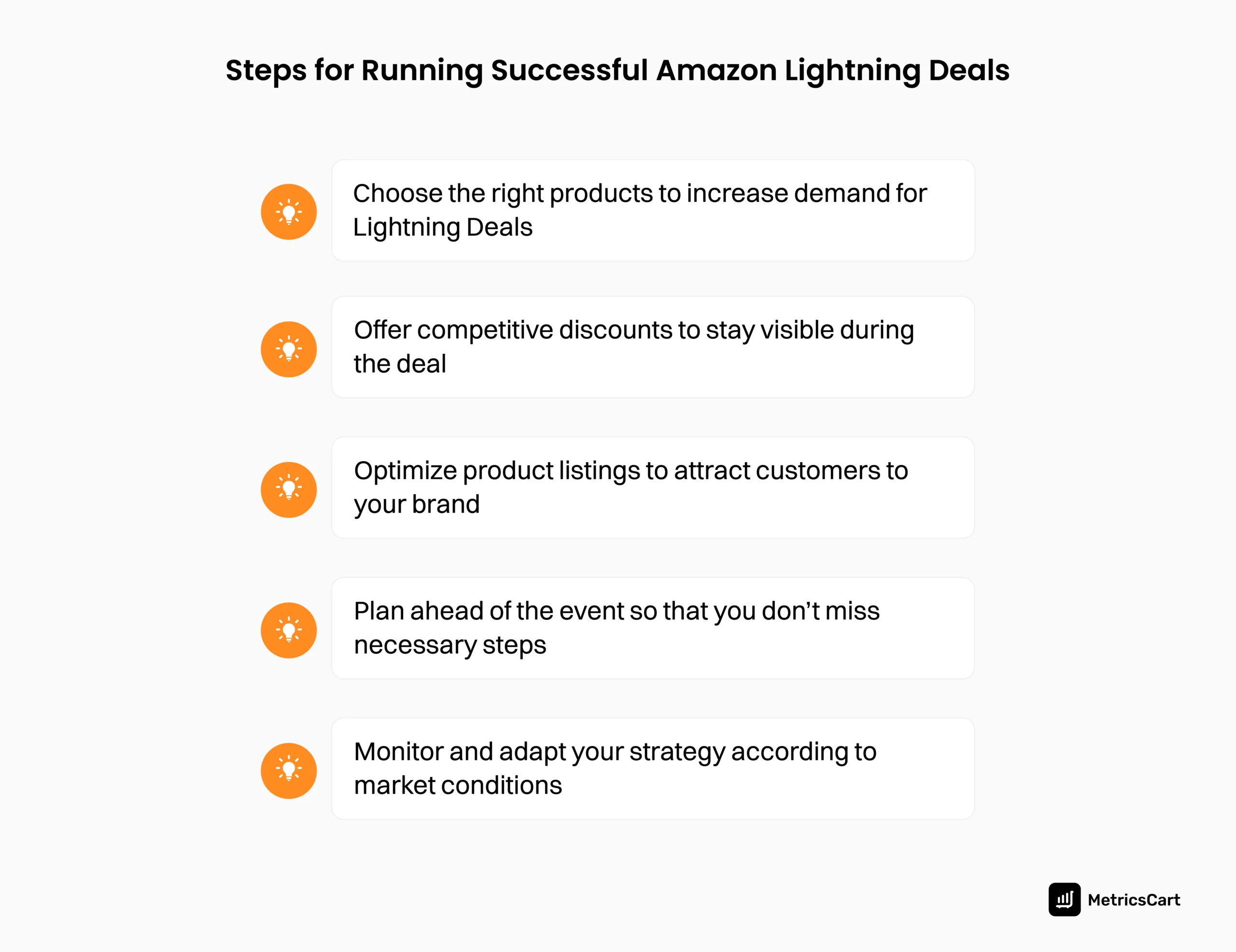
- Choose the right products to increase demand for Lightning Deals.
- Offer competitive discounts to stay visible during the deal.
- Optimize product listings to attract customers to your brand.
- Plan ahead of the event so that you don’t miss necessary steps.
- Monitor and adapt your strategy according to market conditions.
Sellers who want to succeed on the platform must understand everything about Amazon Lightning Deals. These time-limited promotions offer unparalleled visibility, increased sales velocity, and opportunities to manage inventory effectively.
READ MORE | Interested in knowing the best Amazon price trackers? Check out our blog on Amazon Price Tracker You Need in 2024: A Seller’s Guide.
Conclusion
By meeting Amazon’s eligibility requirements, monitoring performance with tools like MetricsCart, and following best practices, sellers can turn Lightning Deals into a powerful profit-driving strategy.
Whether you’re a seasoned Amazon seller or just starting, this guide on Amazon Lightning Deals shows you how to use this powerful promotional tool to boost your product visibility, attract more shoppers, and drive consistent e-commerce growth.
Ready To Take Your Brand Performance to the Next Level?
FAQ
To host a deal, your product must meet Amazon’s guidelines, including high ratings, adequate inventory, and a competitive discount, while your seller account must maintain strong performance metrics.
Using digital shelf analytics tools like MetricsCart, you can track real-time sales, revenue, traffic, and customer engagement to assess your deal’s performance.
Successful Lightning Deals can boost sales velocity, leading to higher organic rankings and better visibility in Amazon’s search results.
Lightning Deals are cost-effective when used strategically with the proper product selection, pricing, and performance monitoring to maximize ROI.
Evaluate the deal’s performance using MetricsCart to identify issues like insufficient traffic or weak discounts and refine your approach for future promotions.

